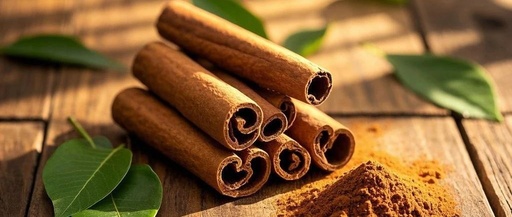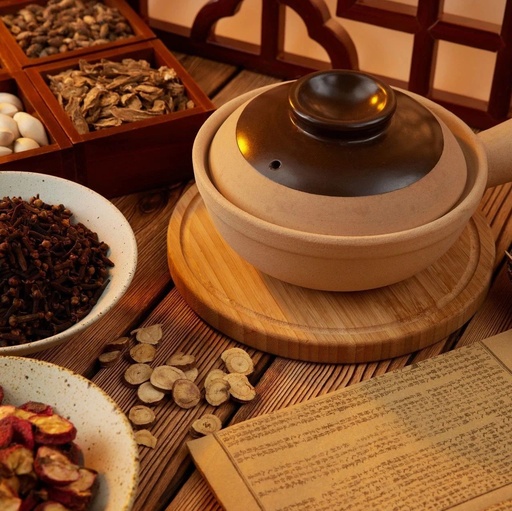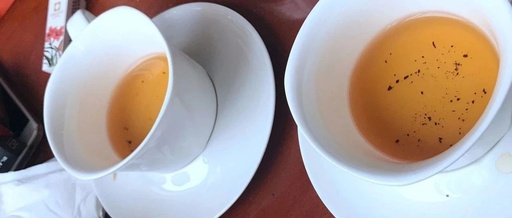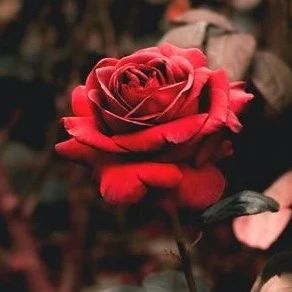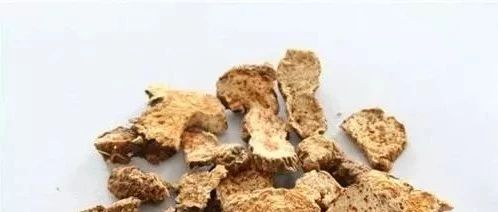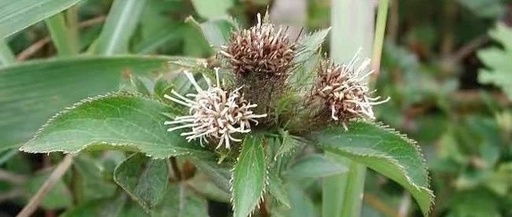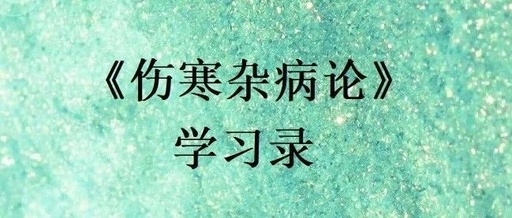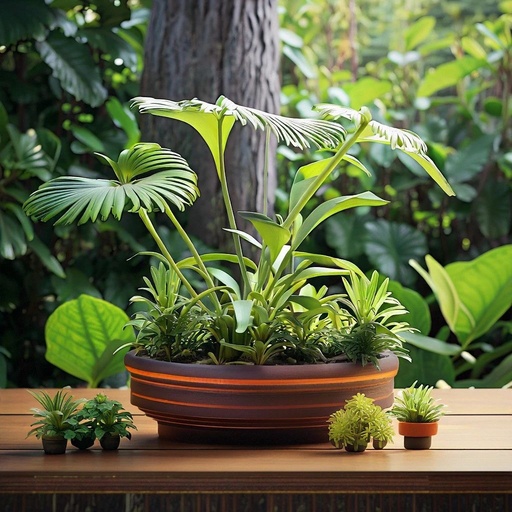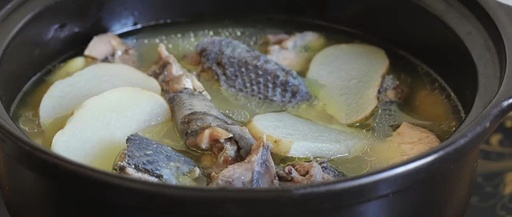Weekly Herb | Cinnamon – The Fiery Sun
Cinnamon (Rou Gui) Cinnamon and Gui Zhi (Cinnamon Twig) come from the same plant; Gui Zhi uses the tender branches of the current year, while Cinnamon is the bark of the trunk. Cinnamon has a stronger aroma than Gui Zhi and can be used as a spice. Depending on the part used and the processing … Read more

